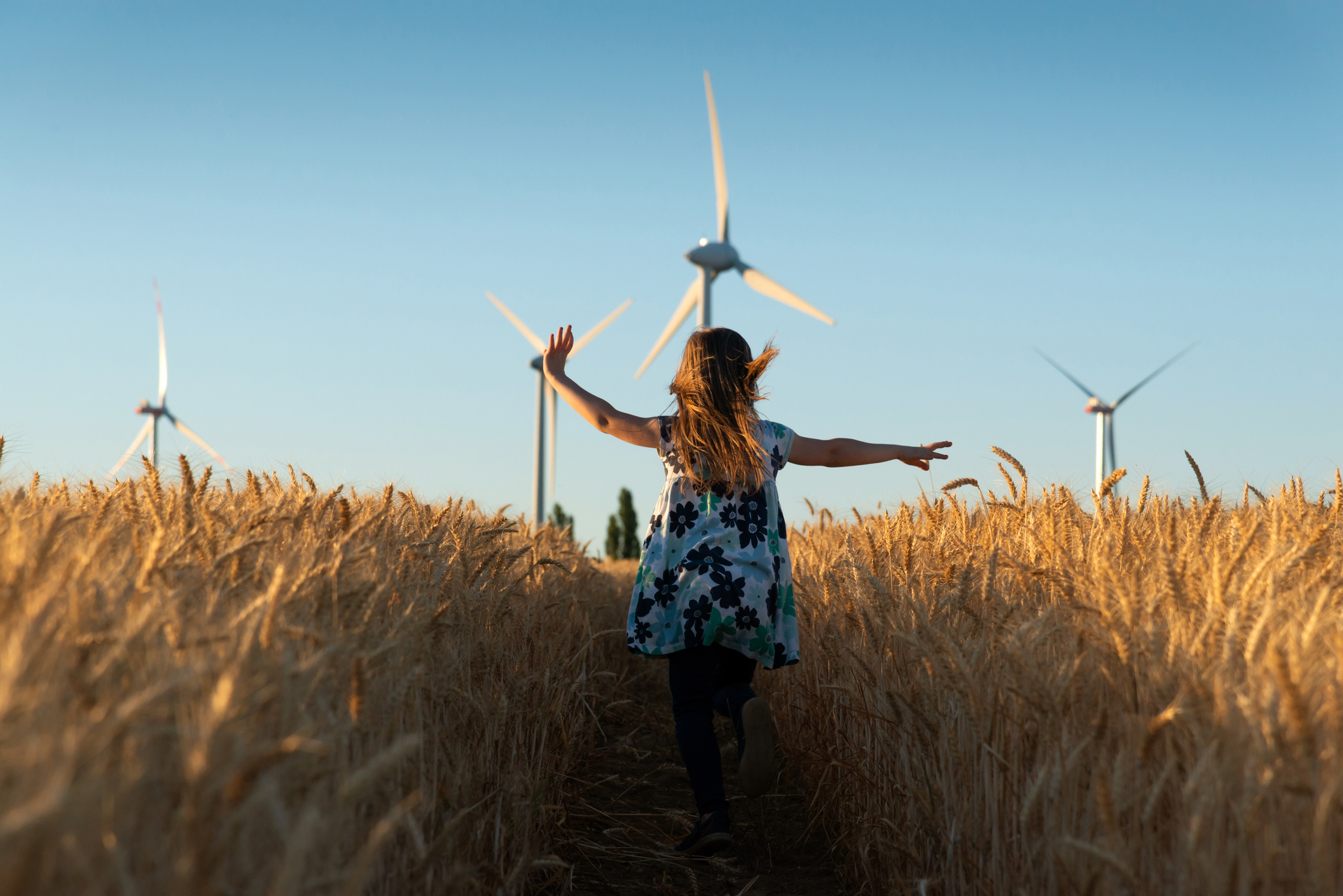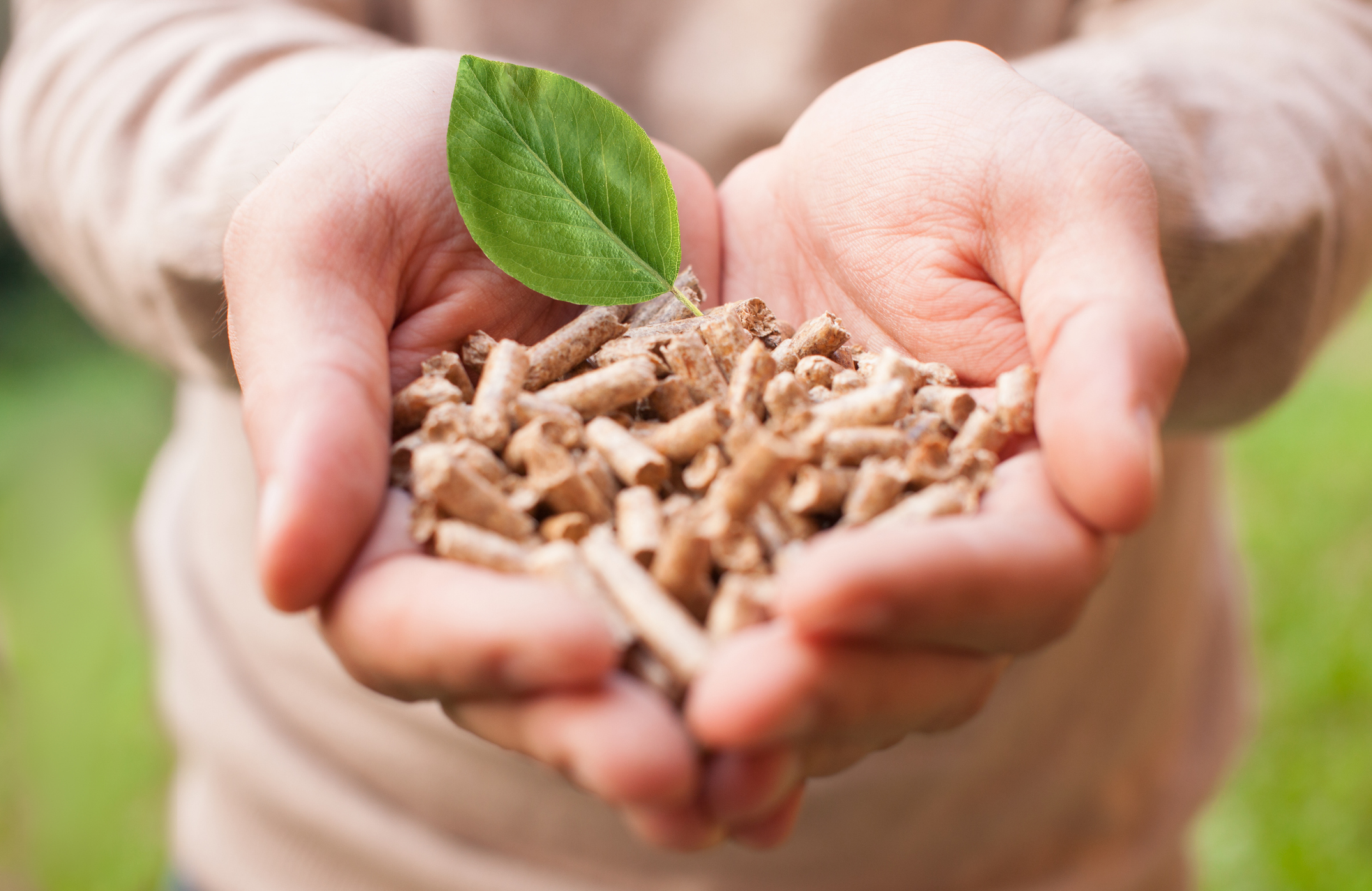Solar panels are the most common domestic renewable energy source in the UK, with many buildings across the country now featuring rooftop panels.
Known as photovoltaics (PV), solar panels capture the sun’s energy and convert it into electricity that you can use in your home. They don’t need direct sunlight to work, but ideally you need a roof that faces south and isn’t shaded.
Solar energy is green, renewable energy – and sunlight is free – so once you’ve paid for the initial installation, your electricity costs will be lower. A typical home solar PV system could save around one tonne of carbon every year (depending on where you live in the UK), so you’re also helping the UK reach its net zero targets.


